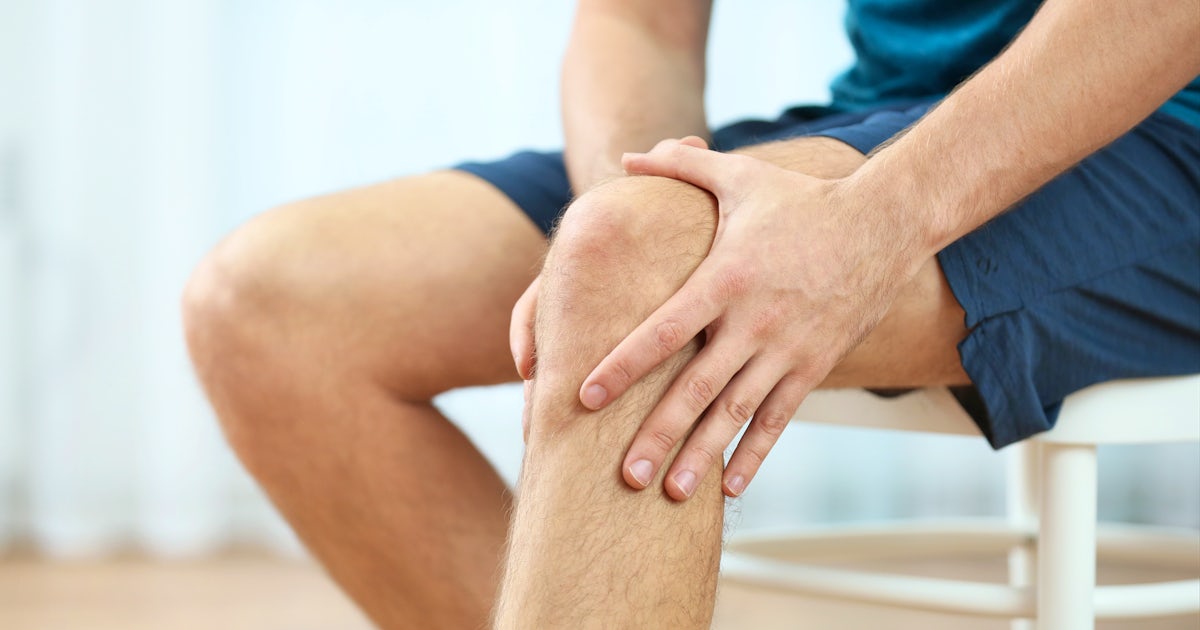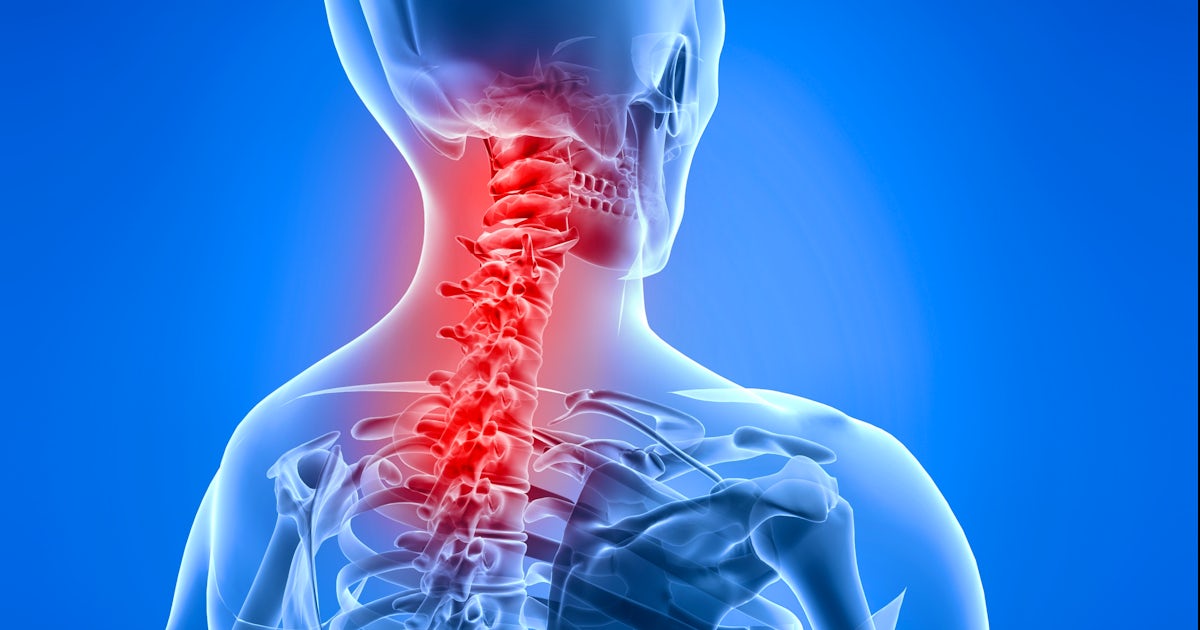Many people who are active have dealt with pain in there foot or calve. I am sure many of you have heard the phrase “it starts from your feet up.” This is particularly true for the plantar fasciitis. The plantar fascia is a connective tissue structure that supports the arch on the bottom of the foot; attaching to the heel and the bones at the base of your toes. The structure is prone to injury due to the fact that the structure is at work. During the contact phase of gate the fascia will elongate and recoil (like a spring) giving some bounce to your step. Given its attachment points the fascia is in close contact with calves and also the hamstrings. Tight calves and hamstrings are a sure way to irritate your plantar fascia as it constricts the movements causing constant unneeded tension.
Plantar Fasciitis refers to irritation and inflammation of the fascia. The pain will typically be felt in the heel of the foot and may spread to the middle of the foot. A hallmark of plantar fasciitis is pain and stiffness when getting out of bed in the morning. In addition to tight hamstrings and calves, a number of other things may serve to irritate the fascia. Pelvic unleveling due to muscle imbalances may be a pre-cursor to plantar fasciitis. This is particularly true in runners. Often times an increase in mileage, too much speed work, and/or old shoes may play a role. Those who tend to pronate their feet when walking are also at greater risk. Left unmanaged, the condition may get worse or lead to other muscle imbalances. Often, people will begin to subconsciously alter their gate and find themselves experiencing lower back pain.
What Can I Do to Manage/Prevent it?
•Stretch your hamstrings, calves, and lower back.
•Have your gait analyzed before buying new shoes to determine the best fit for you.
•Strengthen your peroneal, and tibials posterior muscles
•Have your chiropractor check your pelvic alignment to ensure an efficient gait cycle.
Keep Moving.


